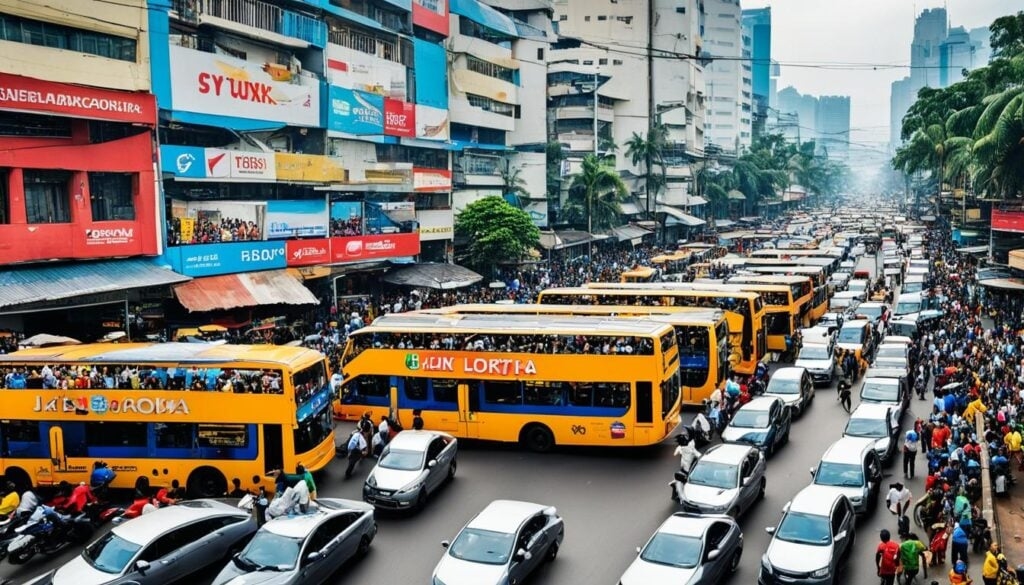Enhancing Urban Mobility in Jakarta
Jakarta, the bustling capital of Indonesia, is known for its vibrant culture and dynamic economy. However, it also faces significant challenges with traffic congestion. To address this, the city has developed the Jakarta Mass Rapid Transit (MRT) system, a modern and efficient way to navigate the city. But to truly transform urban mobility, the MRT must seamlessly connect with other public transportation options. This integration is crucial for creating a cohesive and efficient transportation network that can alleviate traffic woes and improve the daily commute for millions of residents.
Integrating the MRT with TransJakarta
TransJakarta, the city’s Bus Rapid Transit (BRT) system, is a key component of Jakarta’s public transportation network. It offers extensive coverage across the city, making it an ideal partner for the MRT. To facilitate smooth transfers between these two systems, several MRT stations are strategically located near TransJakarta bus stops. For instance, the Dukuh Atas MRT station is a major interchange point, allowing passengers to switch easily between the MRT and multiple TransJakarta routes.
To further enhance this integration, the city has implemented a unified ticketing system. This allows commuters to use a single card for both MRT and TransJakarta services, simplifying the payment process and reducing the hassle of purchasing separate tickets. Additionally, synchronized schedules between the MRT and TransJakarta buses help minimize waiting times, ensuring a more efficient and convenient travel experience.
Connecting with Commuter Trains
Jakarta’s commuter train network, known as KRL Commuterline, serves as another vital link in the city’s public transportation system. It connects Jakarta with surrounding areas, making it essential for daily commuters traveling to and from the city. To integrate the MRT with the KRL Commuterline, several MRT stations are located near major train stations. For example, the Lebak Bulus MRT station is close to the Pondok Ranji KRL station, facilitating easy transfers for passengers.
Efforts are also underway to improve the physical infrastructure connecting these systems. This includes the construction of pedestrian bridges and walkways, ensuring safe and convenient access between MRT and KRL stations. Moreover, information displays and signage are being enhanced to guide passengers seamlessly from one mode of transport to another, reducing confusion and improving the overall travel experience.
Expanding Connectivity with Feeder Services
To maximize the reach of the MRT, Jakarta is also focusing on developing feeder services that connect MRT stations with surrounding neighborhoods. These feeder services include shuttle buses and minivans that operate on fixed routes, providing last-mile connectivity for commuters. By offering reliable and affordable transportation options, these services encourage more people to use the MRT, reducing reliance on private vehicles and easing traffic congestion.
The city is also exploring partnerships with ride-hailing services to offer flexible and on-demand transportation options. This collaboration aims to provide a comprehensive transportation solution that caters to the diverse needs of Jakarta’s residents. By integrating these various modes of transport, the city can create a more accessible and efficient public transportation network that benefits everyone.
